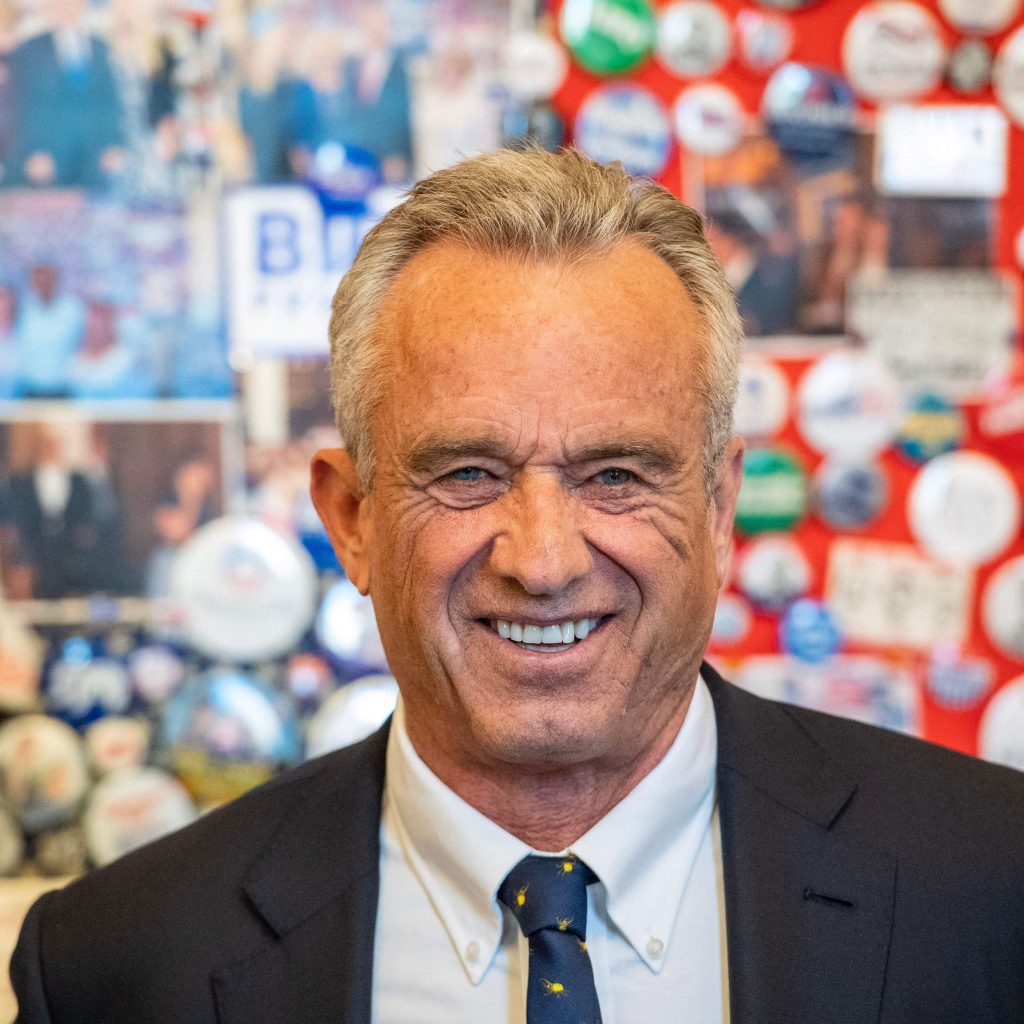In a move that has financial analysts on the edge of their seats, the U.S. Federal Reserve, commonly referred to as the Fed, is projected to inch its baseline interest rate up by a quarter of a percent.
This week, the financial world is waiting with bated breath to understand what this rate increase, the final phase of a 16-month long campaign to tighten monetary policy, signals for future fiscal decisions.
The Fed’s future: Treading the tightrope
The central bank of the United States has been cautiously guiding the nation’s interest rates from near-zero in 2022 to a spread of 5-5.25% today.
Now, ahead of a pivotal two-day meeting that culminates this Wednesday, Fed policymakers have dropped hints about the potential resumption of tightening. However, the financial community is split on the question of whether the predicted July hike will mark the end of this phase.
The anticipated cessation of rate hikes post-July is being reinforced by the slowing pace of inflation, with June’s data demonstrating the most leisurely consumer price rise since 2021.
However, a few core sectors continue to feel the pinch of inflationary pressures, which keeps the debate alive.
Fed official Christopher Waller, known for his hawkish stance, has suggested the possibility of an additional rate hike as early as September if inflation persists.
Economists point to the resilient U.S. labor market as an indicator of persistent inflation, while also arguing that it provides the Fed a cushion to further raise interest rates without pushing the economy into a recession.
The global financial landscape: ECB and BoJ
The monetary strategy of the Fed stands against the backdrop of global economic maneuvers, particularly those by the European Central Bank (ECB) and the Bank of Japan (BoJ).
The ECB, under President Christine Lagarde, is predicted to also lift interest rates by a quarter point following its meeting this week.
However, speculation is rife about the extent of further hikes to align eurozone inflation with its 2% target. Some ECB officials have expressed doubts about continued tightening after September.
As economists predict a contraction in the eurozone’s economy when second-quarter GDP figures are released, the focus is on what stance Lagarde will adopt regarding further rate hikes.
Turning eastward, investors are speculating about the BoJ’s policy meeting, scheduled for next week. With inflation figures for June indicating a surge, pressure mounts on Japan’s central bank to reassess its monetary policy.
However, BoJ governor Kazuo Ueda has hinted at maintaining the current easing measures.
The market’s expectations have been fluctuating, yet economists had previously projected Japan to loosen its yield curve control policy this month.
Despite June’s inflation rate increasing to 3.3%, matching economist predictions, the market continues to scale back its expectations for a policy change.
Nevertheless, as Japan surprised the market last December by doubling the target range for yield curve control, there’s still a potential for an unexpected turn of events.
In the intricate dance of global economics, the Fed’s strategy forms a crucial step. The delicate balance it strikes could reverberate through economies worldwide.
As we wait for the central bank’s decisions in the coming week, the world is watching and wondering, “What’s next for the Fed’s interest rate strategy?”





